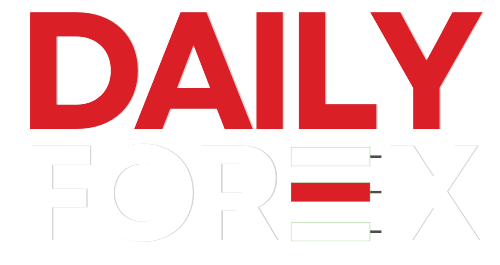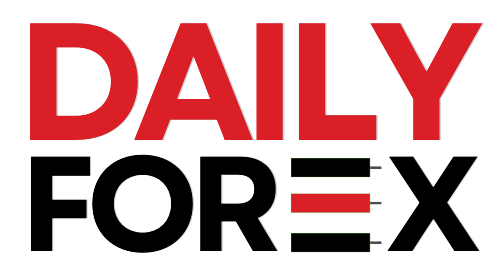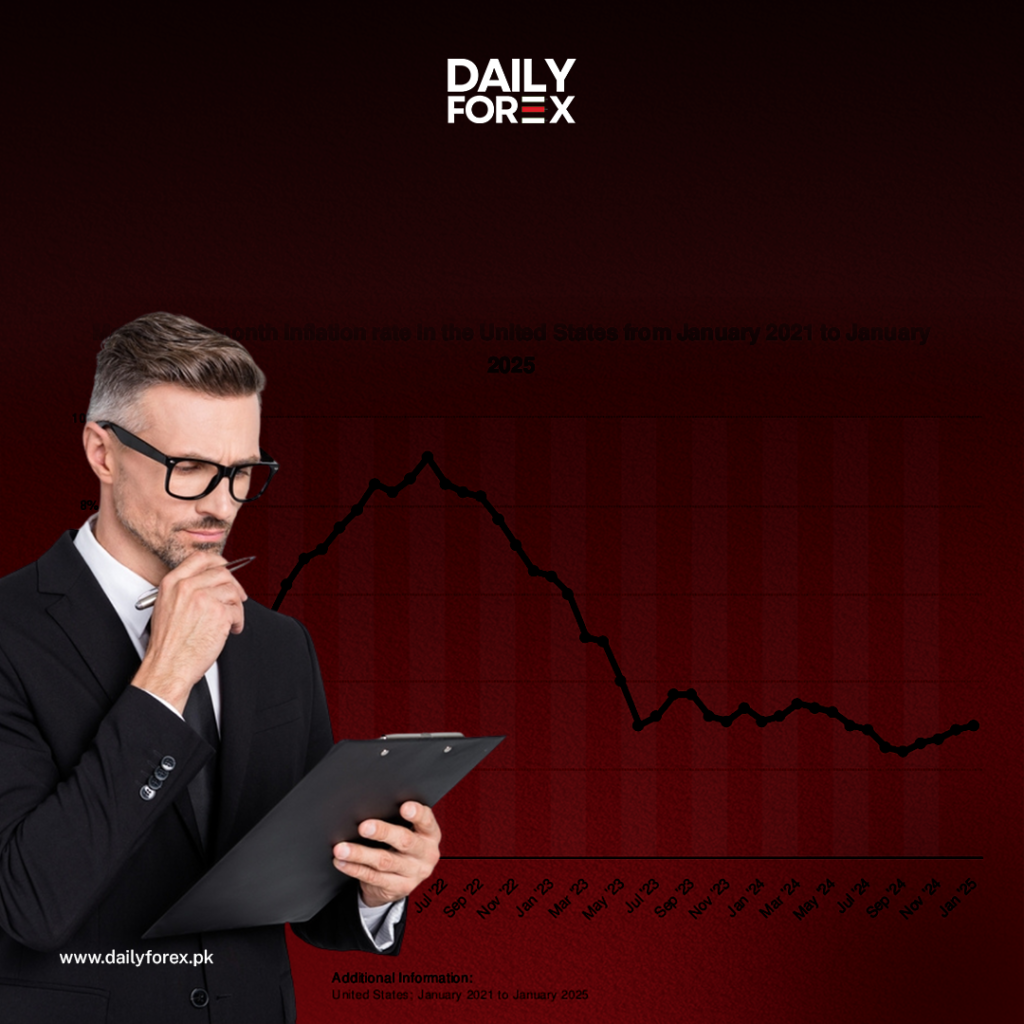Inflation is no longer the dominant economic threat it has been over the past three years. However, while global inflation rates have eased, new risks are emerging that could reignite price pressures. Although the target inflation rate of 2% remains elusive, the global economy is experiencing a delicate balancing act, with inflationary forces shifting due to economic and geopolitical uncertainties.
1. Inflationary Trends in the United States and Eurozone
Recent data suggests inflation is gradually moderating, but the pace of this decline varies across regions. In the Eurozone, preliminary estimates for February 2025 showed a marginal drop in both headline and core inflation, with rates declining by 0.1 percentage points to 2.4% and 2.6% year-over-year, respectively. A notable decline in services inflation has been observed for the first time since September 2024. However, lingering effects of post-pandemic consumer spending and delayed price adjustments in regulated sectors mean the disinflation process is likely to remain gradual.
In the United States, January’s inflation data presented a mixed picture. While CPI inflation rose slightly by 0.1 percentage points to 3% year-over-year, the core inflation rate (excluding food and energy) also increased to 3.3%. On the positive side, the Personal Consumption Expenditures (PCE) deflator, the Federal Reserve’s preferred inflation gauge, fell by 0.1 percentage points to 2.5% for headline inflation and dropped 0.3 percentage points to 2.6% for core inflation. Wage growth in the U.S. is also slowing but remains slightly stronger than in Europe.
2. The Stagflation Risk and the Federal Reserve’s Dilemma
The Federal Reserve faces a growing challenge as concerns about stagflation—a combination of slow economic growth and persistent inflation—continue to mount. The latest indicators suggest that while inflation is easing, the risk of a stagnating economy is increasing. This creates a policy dilemma for the Fed: cutting rates too soon could reignite inflation, while maintaining high rates could weaken economic growth. Investors are closely watching for any signals from the Fed on its monetary policy outlook, particularly in response to employment data and consumer spending trends.
3. Eurozone’s Balancing Act: Growth vs. Inflation
The European Central Bank (ECB) is navigating a more nuanced scenario. While inflation is gradually declining, downside risks to growth are becoming more pronounced. Unlike the U.S., where economic resilience has allowed for a more aggressive monetary stance, the Eurozone must tread carefully to prevent a potential downturn. The declining wage growth in Europe is expected to support further disinflation, but any abrupt changes in consumer behavior or external economic shocks could disrupt this trajectory.
4. Geopolitical Risks and Supply Chain Pressures
One of the biggest wildcards for inflation in 2025 remains geopolitical uncertainty. Ongoing trade disputes, supply chain disruptions, and energy price volatility could introduce fresh inflationary pressures. The recent escalation in trade tensions between major economies, including the U.S., China, and the European Union, raises concerns about higher tariffs and supply shortages that could push prices upward. In addition, rising global tensions, particularly in energy-producing regions, could drive up oil and gas prices, further complicating inflation control efforts.
5. The Future of Inflation: What to Expect Next?
Looking ahead, inflation remains on a downward trajectory, but progress will be slow and uneven. Policymakers will need to balance supporting economic growth while maintaining price stability. Key areas to monitor include:
- Upcoming policy decisions from the Fed and ECB and their potential impact on interest rates.
- Consumer spending trends, particularly in services, as these continue to influence inflationary pressures.
- Wage growth dynamics, which play a critical role in determining long-term inflation trends.
- Global trade policies and geopolitical developments, which could trigger fresh inflation shocks.
Final Thoughts
While inflation is no longer the dominant economic concern it was in previous years, it remains a critical issue that requires careful monitoring. The interplay between monetary policy, economic growth, and global risks will shape the path of inflation in the months ahead. For investors and businesses, staying informed about these developments will be essential to navigating an uncertain economic landscape in 2025.




